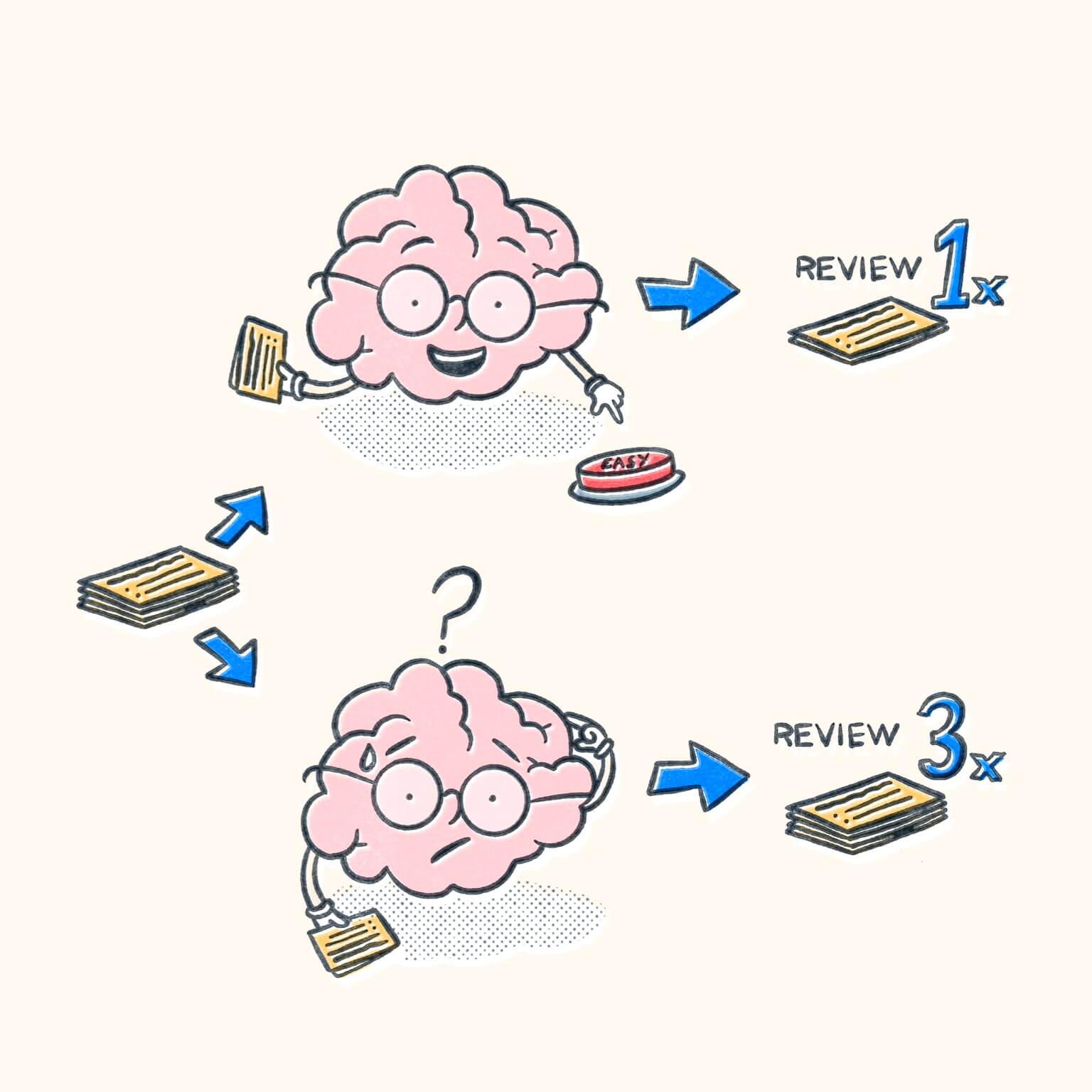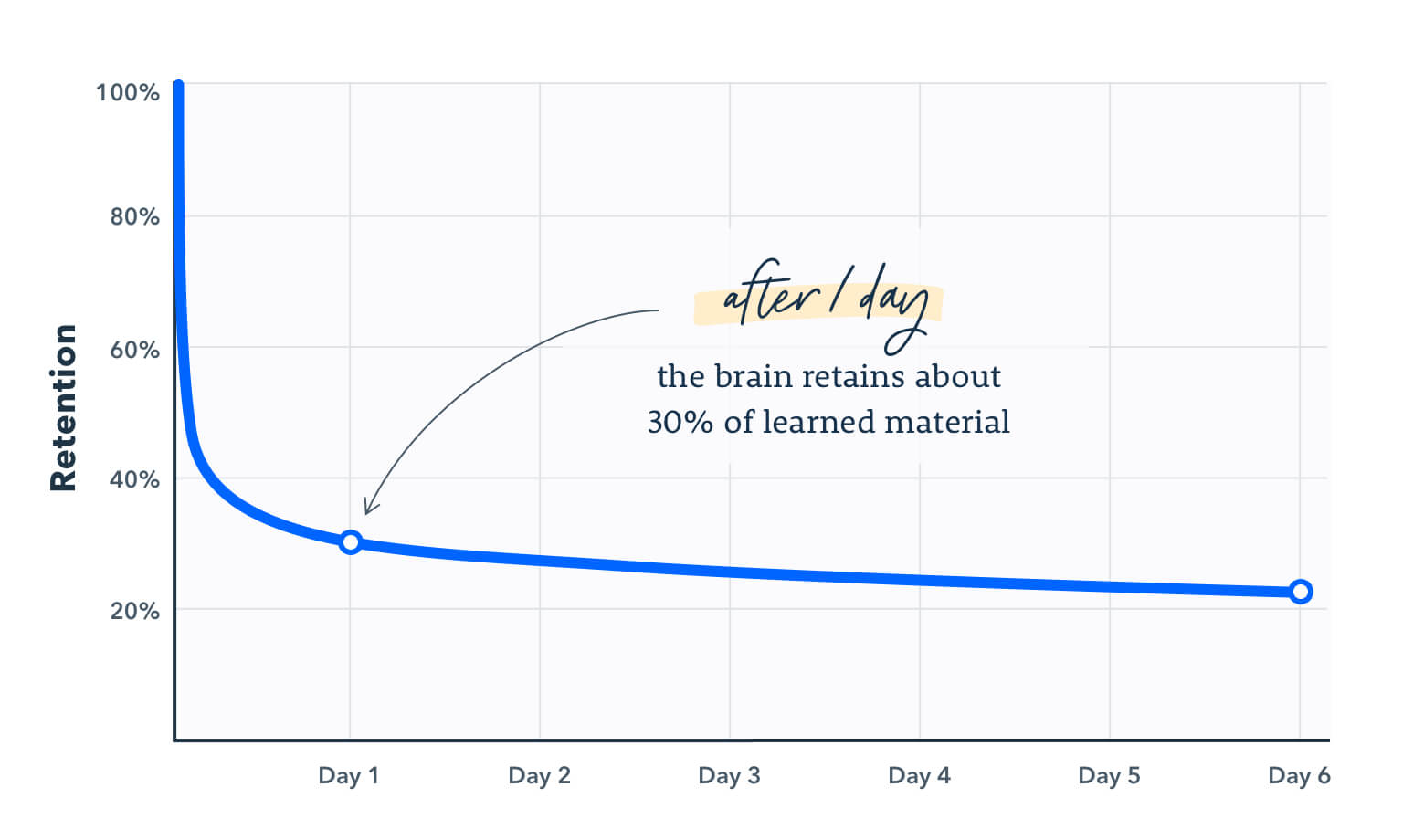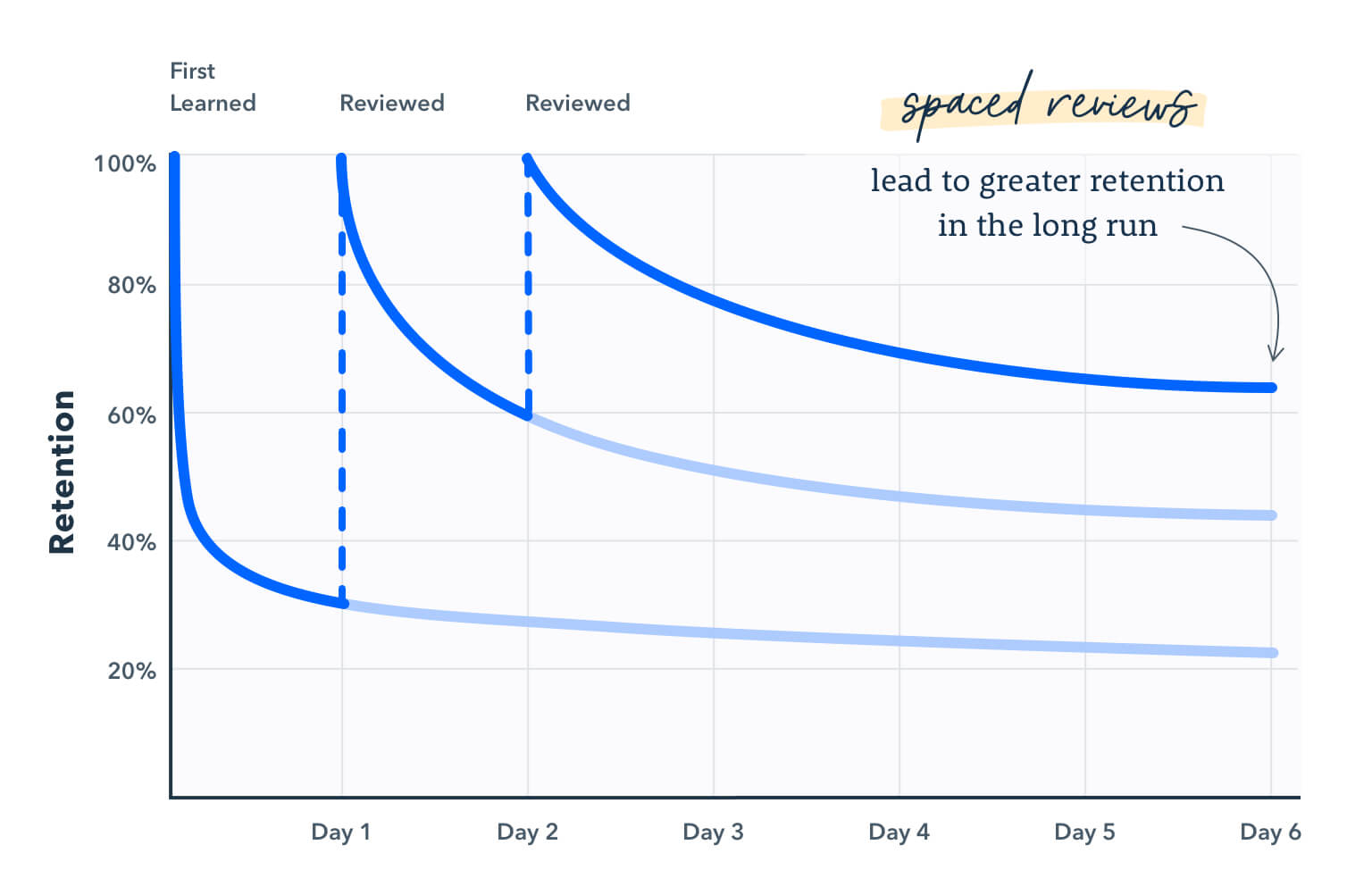When we were kids, ‘cramming’ served as a means to shove our books, papers and supplies into our backpack and get out the door before missing the bus. Once at school, we crammed our belongings into our lockers and ran to class before the bell rings, not once worrying about the disheveled disarray we’ve left behind to sort out at a later time.
Fast forward to our adult lives, cramming has taken on a whole new meaning of its own. Instead of crammed lockers, we have crammed schedules and crammed responsibilities. Handling a job, managing a family, figuring out what to make for dinner, it can feel like one big balancing act. Add to that trying to study for an exam or pass a class, and it can become overwhelming.
It’s no wonder we’ve turned to cramming for the studying portion of lives as well. What was once a simple physical effort has evolved into an exhaustive mental game, and we’re often left trying to catch up in shorter and shorter amounts of time.
Cramming’s popularity doesn’t make it a smart study strategy.
We all know someone who relies on cramming to prepare for a big exam. Truthfully, many of us have done it more than a few times. Some studies have even shown that 99% of people have done it. The reality is that this method has continually shown to do more harm than good and serves as only a short-term information storage method.
Cramming increases our stress levels, negatively impacting our ability to concentrate and truly retain information. It also gives us a sense of false confidence. While we may be able to thinly slide by and land a passing grade for what we need, the information we’ve “memorized” was never truly stored in our memory, and within days we are back to square one.
The reality is that committing to a small amount of studying daily will go a long way in understanding complex concepts and truly retaining the information that we’re learning. Scientific studies have continually shown that certain learning techniques, from taking strategically timed breaks (the Pomodoro Technique) to setting specific goals and diving deeper into the material (deliberate practice) are essential in retaining information.
Even when we find ourselves incredibly busy, practicing or studying for as little as 20 minutes a day will help us more than bulked hours of last minute cramming. This idea of regular exposure to learning information is called spaced repetition, a proven method of effective studying. No matter how tempting it can be to put off studying, planning ahead actually helps us more.

What is spaced repetition?
Spaced repetition, also referred to as spaced learning, is a method of studying where more challenging and new information is reviewed more frequently while less challenging and older information is reviewed less frequently. This means more time is spent focusing on areas that need the most improvement, while easier concepts and information are still included in the study process to maintain regular exposure.
A simple example is flash cards. Let’s say someone had one week to memorize 70 new vocabulary words. Using index cards, they write out one word and its definition on each card and commit to introducing 10 new cards per day. Using spaced repetition, they create two piles, one of words they’re finding easier to memorize and one that has more difficult words. Each day they run through the easy pile once and the difficult pile three times, adding 10 new cards into the mix every day. Once some of those more difficult words start to become easier, they move them to the easy pile and repeat the pattern throughout. This method of separating information by difficulty level and then re-visiting the more challenging information frequently over a longer course of time strengthens memory retention.
Spaced repetition has continued to be a tried-and-true retention technique within the education industry. From Harvard to MIT, leading educational institutions continue to encourage students to practice spaced repetition due to its proven efficacy and effectiveness.
What’s the science behind spaced repetition?
Studies continually have shown that cramming doesn’t work for long-term memory retention. When we take in excessive amounts of information all at once, our brains can only retain it for very limited periods of time. In fact, it’s estimated that people forget 50% of new information within an hour, and 70% within 24 hours.

This is known as the Forgetting Curve, discovered and hypothesized in the 1880s. This curve displays how information is lost over time when there is no attempt to retain it.
Dr. Hermann Ebbinghaus, the German psychologist behind the Forgetting Curve, showed that the more time that passes, the more likely we are to forget information that we aren’t using.
But this doesn’t just pertain to studying. It can be seen even in our daily lives. For instance, can you recall exactly what you had for lunch two days ago? How about the exact time you last took the trash out? Remembering even the most simple information is challenging when it isn’t given our distinct attention regularly.
This is why spaced learning is so effective in committing things to memory. Regular exposure to information over and over again allows it to better stick into our minds. For example, we remember exactly when we need to set our alarm to wake up as we revisit this process almost every single morning.

How to find spaced repetition study tools.
Finding modern educational tools that incorporate spaced learning practices can be challenging. According to the educational technology news site Emerging EdTech, spaced repetition is “an area ripe for development.” Currently, digital flashcards are the most prominent type of spaced repetition tools in the market.
One leader in the digital flashcard space is Anki, a customizable flashcard platform that spans desktop and mobile. The service allows users to build their own flashcards for whatever they would like, then review them on-the-go via a mobile app. The popular language learning company Duolingo also created a Tiny Cards game that allows users to study and memorize anything through the use of fun images on tiny cards.
Technology is certainly at the core of education today, from the popularity of online courses to using online resources as part of in-person classes. When it comes to finding spaced repetition digital resources, our options are still a bit limited. Even in the 21st century, there are aspects of our lives that technology simply cannot replace.
Incorporating spaced repetition into your study process is up to you.
While technology may be more advanced than ever before, learning new things will always come down to consistent dedication and motivation to succeed.
Improving your own intelligence and developing better learning habits is a learning process. No one is perfect. We all have busy schedules and want to succeed, but building better learning habits is a life skill that is worth its weight in gold. When it comes time to take the next big step, the future is in your hands.
Start Studying Today
At Pocket Prep, we give you the tools you need to practice spaced learning and repetition. Our Build Your Own Quiz study feature allows you to revisit Missed Questions or Flagged Questions whenever you need. Noticing you’re struggling in a certain area? Flag the question for revisiting again later. Your study stats and progress are viewable anytime through our dashboard so you always know where you stand on preparing for that next big exam. Check out all the exams we offer preparation for on our exams page.

 learning science
learning science